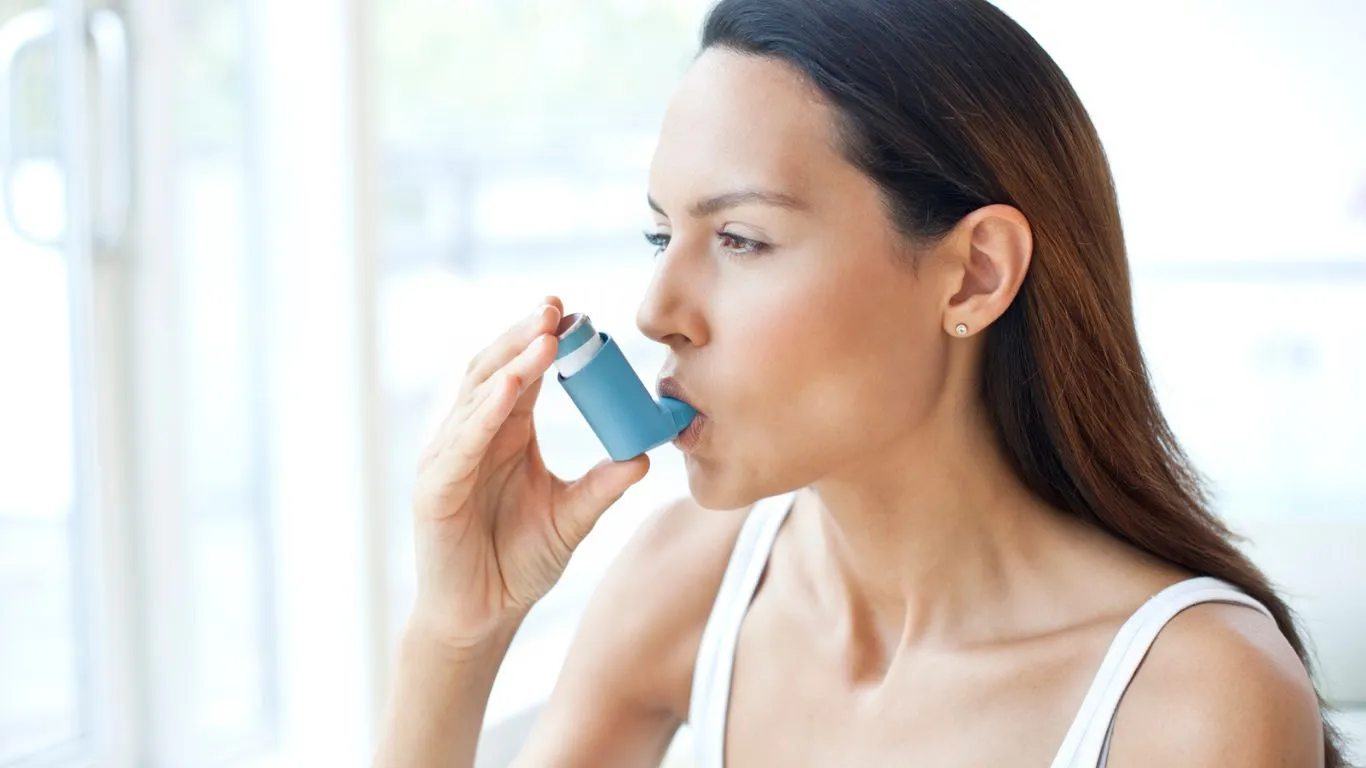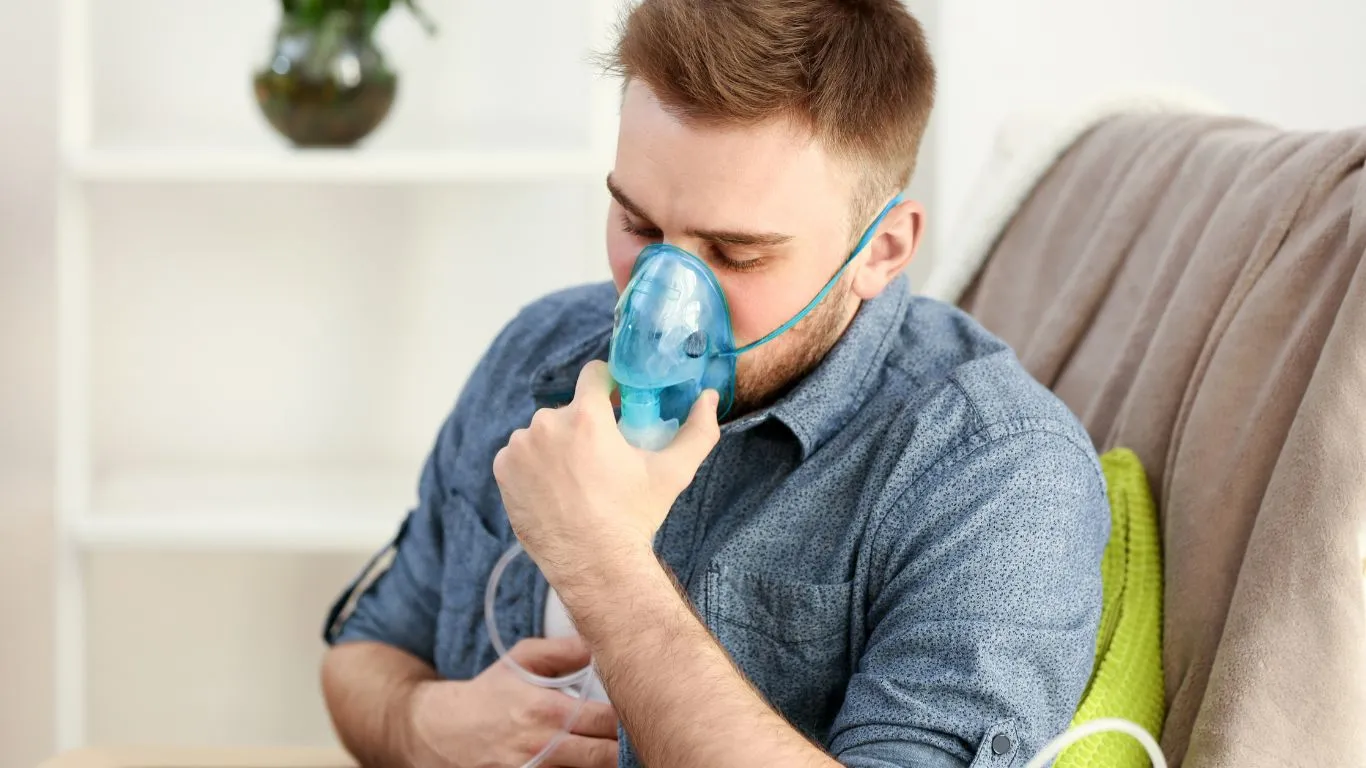How to Prevent Asthma Attacks When Exercising: Smart Tips That Work
When it comes to working out with asthma, I totally get the hesitation. As a pulmonary nurse, I’ve seen firsthand how daunting it can be to lace up your sneakers when you know there’s even a slight chance of wheezing or chest tightness. One of the most common questions I hear is: how to prevent asthma attacks when exercising? And honestly, it’s a fair question. Physical activity is essential for overall health, but for those with asthma, it needs to be approached thoughtfully—and with a good dose of prep.
Understanding Exercise-Induced Asthma

Let’s clear up one thing right away: not everyone with asthma will have symptoms during exercise, but a large percentage do experience what we call exercise-induced bronchoconstriction. That’s just a fancy term for airways narrowing when you physically exert yourself. And that narrowing? It can lead to wheezing, coughing, chest tightness, or that classic out-of-nowhere shortness of breath.
I remember one patient—a teen soccer player—who would push herself hard in practice, then spend half her evening recovering from tight airways. It wasn’t about being out of shape. It was her asthma flaring because she didn’t know how to warm up or when to take her inhaler. We figured it out together. You can too.
So why does exercise sometimes trigger asthma?
There are a few sneaky reasons behind it:
- Dry, cold air: Breathing through your mouth during intense exercise bypasses your nose, which normally warms and humidifies air.
- Airway sensitivity: Quick breathing can irritate already inflamed or reactive airways.
- Environmental factors: Outdoor runs in pollen-heavy spring or dusty fall weather? Oof. Your lungs may not love that.
Why You Shouldn’t Skip Exercise (Even With Asthma)

Let me be super clear: asthma doesn’t mean you get a pass on movement. In fact, regular activity can help improve your lung function and overall stamina. I’ve seen patients who, after months of personalized training and meds, ran 5Ks with fewer symptoms than when they used to climb stairs.
That said, it’s all about finding the right pace and plan that fits your unique asthma triggers. No two lungs are alike. Your best friend might jog in 40-degree air without issues, but your airways could slam shut in the same conditions. That’s not weakness. That’s your body asking for a different approach.
How to Prevent Asthma Attacks When Exercising

1. Know your triggers
This is the golden rule. Before you even think about cardio or weights, get real clear on what sets your symptoms off. Is it cold weather? Dusty gyms? That long-forgotten running trail full of spring pollen? The more info you have, the better you can plan your workouts. Keep a mini symptom journal if needed—it’s super helpful.
2. Pre-treat with your inhaler (if prescribed)
I’m gonna say it louder for the folks in the back: using your rescue inhaler before exercise isn’t cheating, it’s being smart. Bronchodilators like albuterol can help open your airways before you even break a sweat. Most people take 1-2 puffs about 15 minutes before exercise—ask your doc what’s right for you.
3. Warm up (really!)
Skipping your warm-up is like diving into a cold pool without easing in—it shocks your system. Give your body a gentle heads-up by starting with light movements: walking, slow cycling, gentle stretches. This helps your airways adjust gradually and can seriously reduce asthma flares.
4. Breathe through your nose as much as possible
Nasal breathing filters, warms, and humidifies air before it hits your lungs—total game-changer. Mouth breathing during intense exercise can dry out your airways, especially if the air is cold or dry. Practice controlled nose breathing during light activities to get the hang of it.
5. Choose asthma-friendly workouts
Some forms of exercise are less likely to trigger symptoms. Think:
- Swimming – the warm, humid air is usually easier on lungs.
- Yoga or Pilates – focus on breath and control.
- Walking or light hiking – low-impact but still great cardio.
I’ve had several patients find unexpected joy in aqua aerobics, and one even joined a synchronized swimming team (she crushed it, by the way).
6. Stay consistent with your controller meds
If your doctor has prescribed a daily asthma controller—like an inhaled corticosteroid—don’t skip doses. These meds reduce inflammation over time, which lowers the chance of flare-ups mid-exercise. Think of it like prepping the battlefield so your lungs are ready to handle more.
7. Always cool down gradually
Ending a workout with a sudden stop can cause airways to constrict. Let your heart rate and breathing return to baseline slowly with gentle stretches or a slow walk. It’s the final step your lungs deserve after all that hard work.
Adjusting Your Environment for Safer Workouts

One thing I always tell my patients is this: your surroundings matter just as much as your workout routine. The cleaner and more controlled the environment, the better your lungs can behave.
Personally, I always notice my own breathing gets tighter if I’m around strong scents or dust—especially in some gyms where they go a little wild with the air fresheners. So here’s what I usually recommend if you’re figuring out how to prevent asthma attacks when exercising in various settings:
- Indoor workouts? Make sure the space is well-ventilated but not drafty. Avoid working out near open windows during allergy season.
- At-home exercise? Vacuum and dust frequently—especially if you’ve got pets. HEPA filters are your friend.
- Outdoor sessions? Check your local air quality index. Avoid high-pollen days and skip workouts near heavy traffic.
I once had a client who was doing everything right—meds, warm-ups, even tracking symptoms—but was still flaring up after outdoor jogs. Turned out she lived near a construction zone with a ton of dust in the air. We switched her to early morning walks in the park before traffic picked up. Boom—no more mid-run puffers needed.
Breathing Techniques That Actually Work

Let’s get real for a sec—most people aren’t taught how to breathe efficiently. You’d think it comes naturally (and it does to an extent), but when you’ve got asthma, certain techniques can seriously change the game during workouts.
1. Pursed-lip breathing
This one is simple but effective. Breathe in through your nose for two counts, then out through pursed lips (like you’re gently blowing out a candle) for four counts. It helps keep airways open longer and gets stale air out of your lungs.
2. Diaphragmatic breathing
AKA belly breathing. Put one hand on your chest, one on your stomach. When you inhale, only your belly should rise. This helps your lungs fully expand without the extra strain that comes from shallow chest breathing.
3. Coordinated breathing with movement
When lifting weights or doing strength training, exhale during the exertion (like pushing or lifting) and inhale as you release. It keeps your breathing steady and reduces chances of sudden gasps that can trigger symptoms.
I actually teach these to my patients during pulmonary rehab sessions, and the improvement in control and confidence is always incredible. Breathing is more than survival—it’s a skill.
Fueling Your Body Right (Yes, It Matters)

Okay, quick story: a few years back, one of my asthma patients—a college swimmer—kept complaining about fatigue and shortness of breath during training. We ran all the usual tests, adjusted her meds, but nothing clicked… until we looked at her diet.
Turns out, she was skipping meals, surviving on energy drinks, and eating mostly processed food. Once she cleaned up her eating, her energy came back and her asthma calmed down. Wild, right?
Now, I’m not saying kale is going to cure asthma (wouldn’t that be nice?), but your nutrition can definitely support your lung health. Here are some food-focused tips:
- Stay hydrated: Water thins out mucus in your airways, making it easier to breathe during exercise.
- Anti-inflammatory foods: Think leafy greens, berries, turmeric, and fatty fish like salmon. These reduce overall inflammation, including in your lungs.
- Magnesium-rich snacks: Nuts, seeds, avocados—they help relax bronchial muscles. Pretty cool, huh?
- Avoid trigger foods: Some people are sensitive to sulfites in dried fruits, wine, or processed meats. Always track what you eat before workouts if symptoms seem random.
And yes, caffeine can sometimes help relax airway muscles too (small amounts), but don’t overdo it. That post-gym coffee run? Just don’t chug a triple espresso on an empty stomach.
Tracking Progress Without Stressing Out
If you’re like most people I’ve worked with, you want to know if you’re improving. But obsessively checking your peak flow meter or panicking over every cough? That’s not it. Let’s keep it chill and practical.
1. Keep a simple workout-asthma log
Just jot down a few quick things post-workout:
- What activity did you do?
- How long was the session?
- Any symptoms during or after?
- Did you use your inhaler?
Over time, patterns will pop up—maybe you’re always wheezy when it’s under 50°F or after skipping a warm-up. That’s gold for adjusting your routine or meds with your doctor.
2. Celebrate small wins
I tell my patients this all the time: if you exercised for 10 minutes today with no symptoms, that’s a win. If you needed fewer puffs of your inhaler this week, that’s progress. It’s not all-or-nothing. Asthma management is a marathon, not a sprint (pun totally intended).
3. Talk to your care team
This might sound obvious, but don’t go at it alone. As a pulmonary nurse, I always want to hear what’s working and what’s not. Bring your logs. Ask questions. We want to help you move your body without fear. You’re not “being dramatic”—you’re being proactive.
When to Pause and When to Push Through

Let’s be honest—there’s a fine line between challenging yourself and overdoing it, especially when asthma is involved. I’ve seen so many folks try to “push through” a tight chest or nagging cough thinking it’ll just pass. Spoiler alert: it usually doesn’t, and it’s not worth the risk.
One of my former patients, a super determined cyclist, used to ignore early warning signs. He thought needing his inhaler during rides made him look weak. After a scary ER visit, he finally realized that listening to your body is actually the smartest thing you can do. It’s not weakness—it’s wisdom.
Here are some signs to take a break or stop your workout:
- Your chest starts feeling tight or painful
- You’re wheezing more than usual
- Shortness of breath doesn’t improve with rest
- You feel dizzy or lightheaded
If these pop up, don’t try to power through. Use your inhaler, cool down slowly, and call your doctor if symptoms don’t settle. It’s way better to miss one workout than to wind up in urgent care. Trust me—I’ve helped too many people learn that the hard way.
Creating a Personalized Asthma-Friendly Workout Plan

So, you’ve got the tools. You know how to prevent asthma attacks when exercising, what your triggers are, how to breathe smarter, and how to listen to your body. Now what? Let’s put it all together into something actionable—because consistency is key, especially with asthma management.
Step 1: Start small
Forget hour-long HIIT sessions for now. Begin with 10–15 minute sessions, maybe walking or light biking. Track how you feel, then gradually increase the time and intensity week by week.
Step 2: Choose activities that feel good
Not everyone loves the gym, and that’s totally fine. Explore low-impact options like:
- Swimming (seriously the best for asthma, thanks to warm, moist air)
- Elliptical workouts or rowing machines
- Light strength training with proper breath control
- Dancing, if it brings you joy—yes, that counts as cardio!
Step 3: Build in recovery days
Even the fittest lungs need downtime. Give yourself at least 1–2 rest days a week, or do active recovery like gentle yoga or stretching. This helps keep inflammation at bay and gives your airways a break.
Step 4: Reassess monthly
Every few weeks, check in with yourself (and ideally your healthcare provider). Are you needing your inhaler less often? Are you able to do more without symptoms? That’s progress. And if things feel off, it’s okay to pull back. Asthma management is fluid—it’s not about perfection.
Common Myths That Hold People Back
Let’s bust a few myths I hear way too often in clinic. These can do more harm than good, and I want you feeling informed—not fearful.
“If I have asthma, I should avoid intense workouts.”
Nope. You may need to modify intensity, but with proper preparation, even people with moderate to severe asthma can train at a high level. I’ve had patients complete marathons and even compete in triathlons.
“Using my inhaler before every workout means I’m dependent.”
Also false. Pre-treatment with a bronchodilator is a legit prevention strategy. It’s not addiction—it’s protection. Just make sure you’re also addressing long-term control if symptoms are frequent.
“Asthma symptoms mean I’m not fit enough.”
This one really grinds my gears. Asthma is a medical condition, not a reflection of your fitness or effort. Even super fit athletes can have asthma—it just requires extra planning and care.
Final Thoughts from a Pulmonary Nurse Who’s Seen It All
If there’s one thing I want you to take from this article, it’s this: your asthma doesn’t get to control your goals. You’re in charge. With a smart plan, the right tools, and the support of a solid care team, exercise doesn’t have to be scary—it can be empowering.
I’ve watched people go from barely walking to climbing mountains (literally), and every single one of them started with small steps. So whether you’re training for your first 5K or just want to take the stairs without wheezing—know that it’s possible. It just takes consistency, care, and the courage to keep going even when it’s tough.
And hey, if you’re ever doubting yourself, come back and re-read this. You’ve got this. 💪
References
- Centers for Disease Control and Prevention (CDC)
- Asthma and Allergy Foundation of America (AAFA)
- Mayo Clinic
- WebMD
Disclaimer
This article is for informational purposes only and should not replace professional medical advice. Always consult your healthcare provider before making any changes to your asthma treatment or exercise routine. Every individual’s condition and tolerance vary.

Bianca Nala is a compassionate Nurse Practitioner with a strong background in primary and respiratory care. As a health writer for Healthusias.com, she combines her clinical expertise with a talent for clear, relatable storytelling to help readers better understand their health. Bianca focuses on topics like asthma, COPD, chronic cough, and overall lung health, aiming to simplify complex medical topics without losing accuracy. Whether she’s treating patients or writing articles, Bianca is driven by a single goal: making quality healthcare knowledge accessible to everyone.






